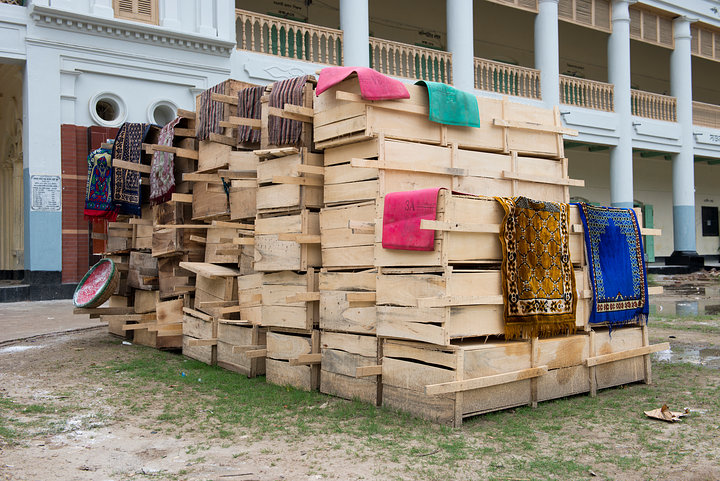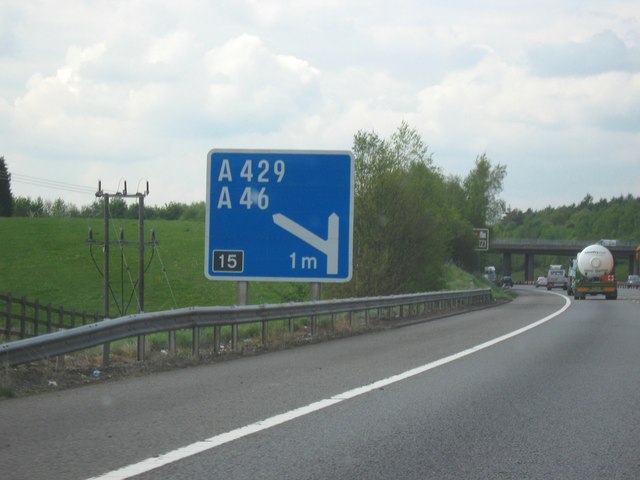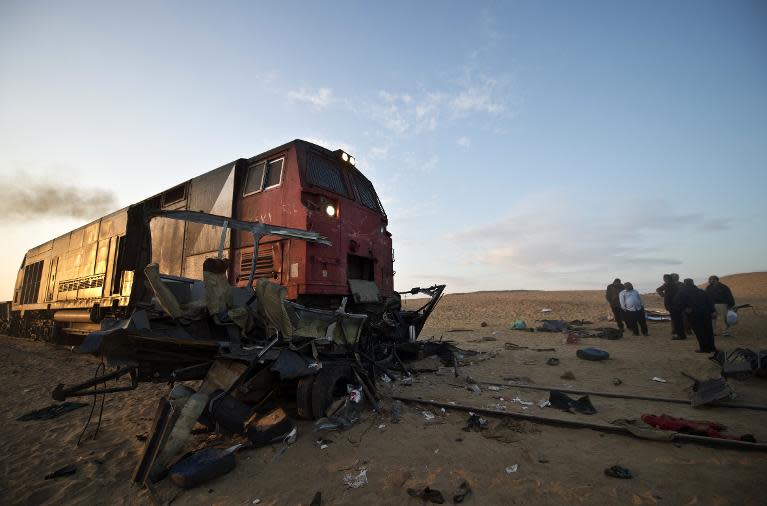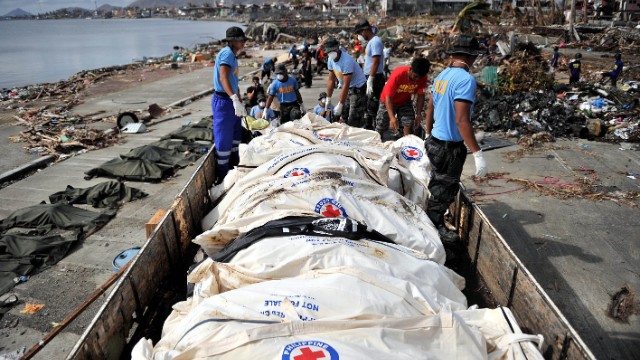
A headline in the Daily Mail last week read: 'Two Americans among 1,700 killed in Philippines Typhoon". An estimated 2,000 Filipinos have perished, but it's the loss of two western lives that may trigger the deployment of expensive DNA technology to the region.
Forensic identification is required to identify those bodies that have been destroyed beyond recognition by any other means.
A recent study by Carnegie Melon University in Pittsburgh highlights the human rights incongruity in access to vital DNA technology. Researchers exposed an unofficial, unspoken, global hierarchy, where some human remains are deemed more worthy than others when it comes to investing in DNA identification.
The technology was deployed, for example, in Bosnia and in the aftermath of the 9/11 World Trade Centre attacks, but not in Rwanda, or Haiti.
The authors highlight the fact that, in the wake of the 2004 Indian Ocean tsunami, DNA technology was employed to identify victims in Thailand – the area with the highest proportion of western tourists. Non-western victims in Sri Lanka, Indonesia and other areas were not, it seems, deemed worthy of such investment.
The CMU study calls for international structures to be put in place to promote more equal access to forensic identification, ensure their fair and efficient use and provide uniform protections to participants following large-scale conflict and disaster.
In April, the collapse of the Rana Plaza Factory in Bangladesh made international headlines. More than 1,130 workers, mainly women, were killed as a result, some would argue, of corporate manslaughter.
In spite of allegations of overcrowding and human rights abuses, the owners of Rana Plaza are unlikely to pay the price. A few weeks ago, Primark announced that it had authorised a second wave of payments to victims and their families. The first installment came to the princely sum of £130 per victim.
Those who received the paltry compensation said it ran out within weeks; others say they have received nothing.
Matalan, Benetton and Bonmarche were also reportedly operating from Rana Plaza. Apparently, these companies have not offered any compensation.
According to Action Aid, six months on, 94% of Rana Plaza victims are still awaiting compensation, 92% of survivors have not gone back to work, with 63% of those reporting physical injuries including amputations, paralysis and severe pain.
Exacerbating the families' battle for justice is the lack of bodies, which, if presented, would trigger their compensation. Although the technology has been made available to identify Rana Plaza victims, problems with incompatible software have plagued the process.
Apart from the obvious emotional implications of this, there are also legal, social and economical ramifications.
Death benefits are being withheld on the grounds that the government has not been able to formally identify all the victims.
For the victims of conflict and disaster, the nightmare doesn't end when the world's media averts its gaze.
For the survivors and the destitute, despairing families of the deceased, the cost of being a third-class global citizen is never ending.
Human rights are for all – not just those who can afford to buy them.
Monday 18 November 2013
http://www.belfasttelegraph.co.uk/opinion/news-analysis/why-are-some-victims-more-important-than-others-29762494.html





